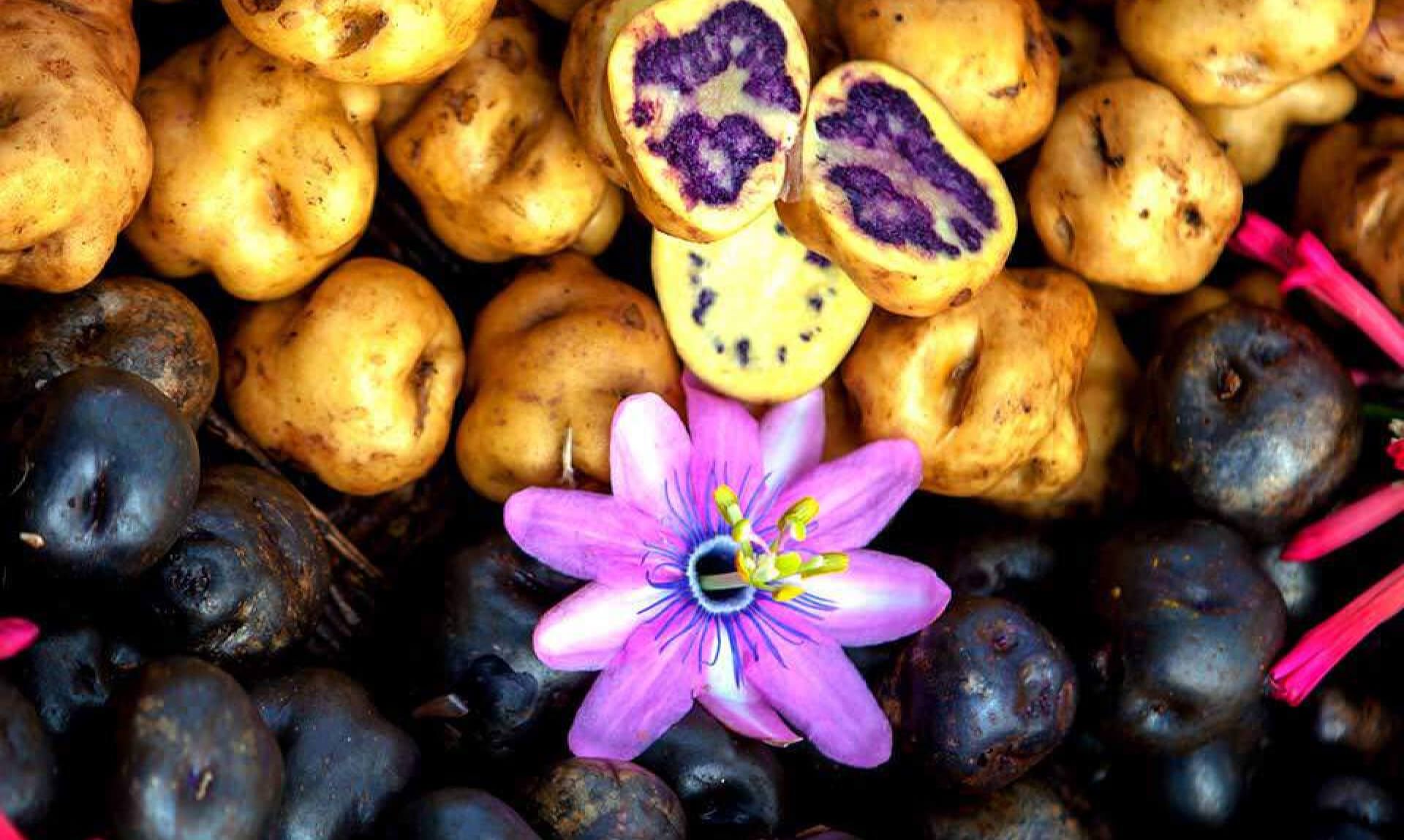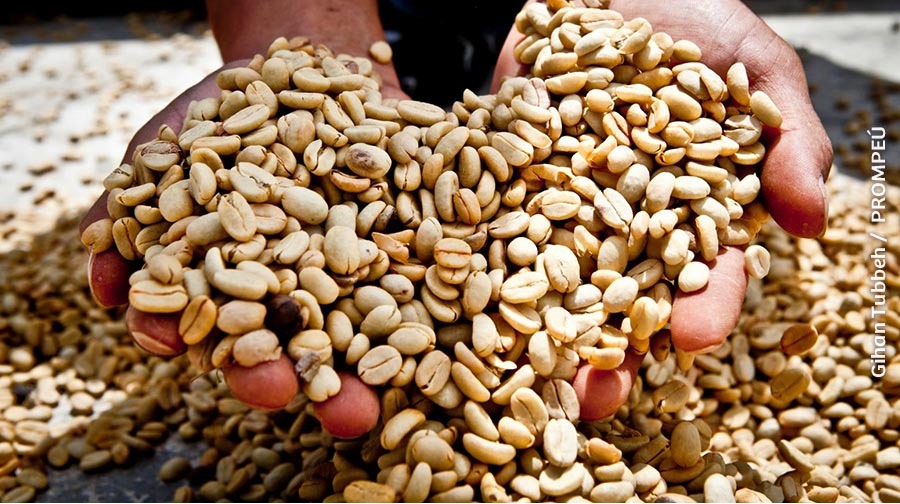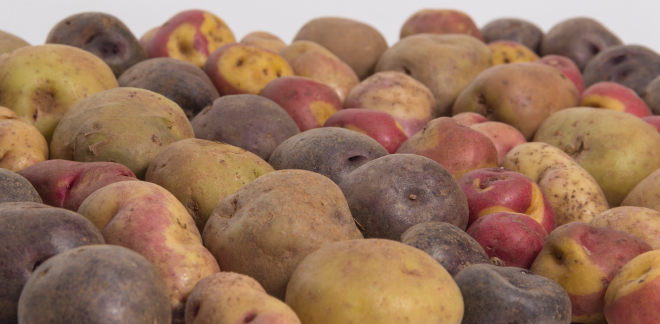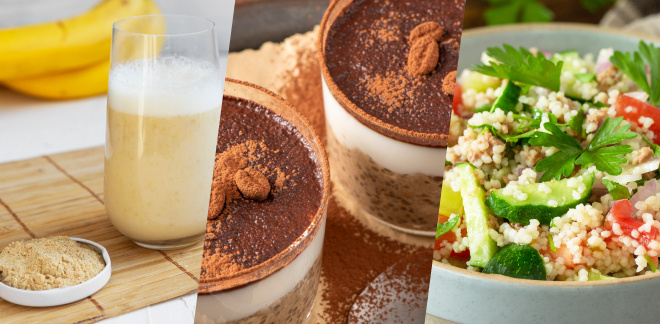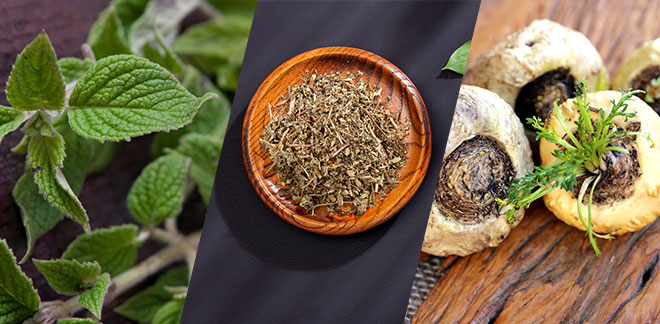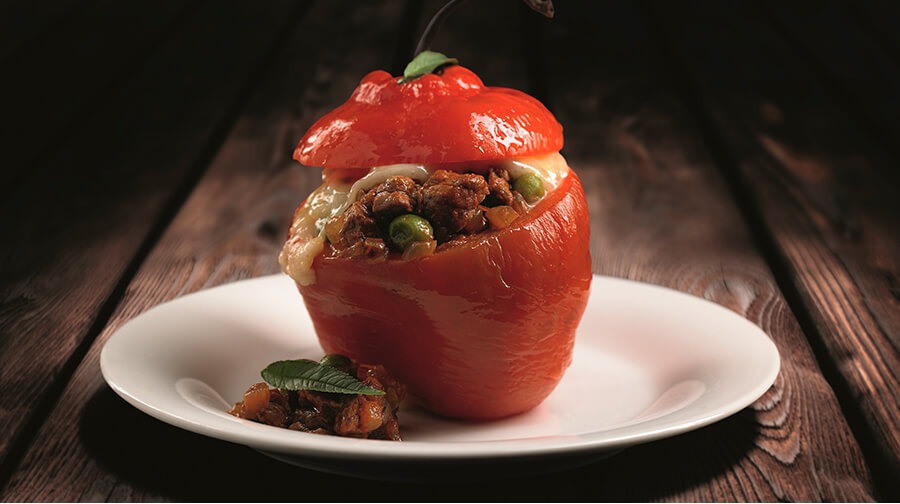Peruvian coffee: 3 facts you need to know about our star product
Síguenos en:Google News
Coffee is an important input of Peruvian gastronomy that transcends borders and that always leaves the name of our country high. Learn some facts about delicious and aromatic Peruvian coffee.
Do you fancy a coffee? Peru is one of the most biodiverse countries on the planet and is also one of the most recognized Coffee producers. One more reason to be proud! Our country is an excellent place to grow high altitude Coffee, most coffee plantations are located on 1000 meters above sea level. In addition, it is one of the most agro-exported Peruvian products. Then, get to know a little more about this magical drink that has its own flavor in Peru.
1. Where is Peruvian coffee produced?
Our coffee is produced in different places of the mountains and jungle of Peru. There are around 223,000 families that grow coffee, most of them are small producers who conduct 425,000 hectares of coffee. There are 10 main producing regions, 7 of them account for 91% of producers and arable areas.
These regions are as follows:
San Martín, which produces the most tons (more than 80,000 tons of coffee), followed by Junín (more than 73,000 tons), Cajamarca (50,000 tons), Amazonas (36,000 tons), Cusco (26,000 tons), Pasco (11,000 tons) and followed by Piura, Huánuco, Puno and Ayacucho with less than 10,000 tons each.
2. What are the stages of processing coffee?
Stage 1: the fruit is pulped, that is, the pulp is separated from the coffee bean, using special machines called pulpers.
Stage 2: for a period of 12 to 18 hours in special fermentation tanks, the beans are exposed with their mucilage (organic and viscous substance). This will help the coffee bean to show its quality potential for consumption and facilitates the removal of mucilage.
Stage 3: using clean water, the coffee beans should be washed to remove the decomposed mucilage. At the end, the beans will be clean and ready for the final stage.
Step 4: the beans are exposed to the sun so that they enter into a drying process. In this way, they will reach a final moisture content of approximately 12%.
3. What are the main export markets for our coffee?
Peruvian coffee is exported to countries all over the world, but these are the most important ones: in the American continent, we export to the United States, which is our most important buyer, accounting for 25% of exports. We also export to Canada and Colombia. In Europe, we export to Belgium, Sweden, the United Kingdom, Italy, France and Germany; while in Asia, South Korea is the country where we export the most.
Peruvian coffee is a delight and, therefore, we are the second largest producer of organic coffee in the world. In addition, it has received distinctions, recognitions and titles on different occasions for its quality and taste.
Let's continue to enjoy the incredible taste of Peruvian coffee!

